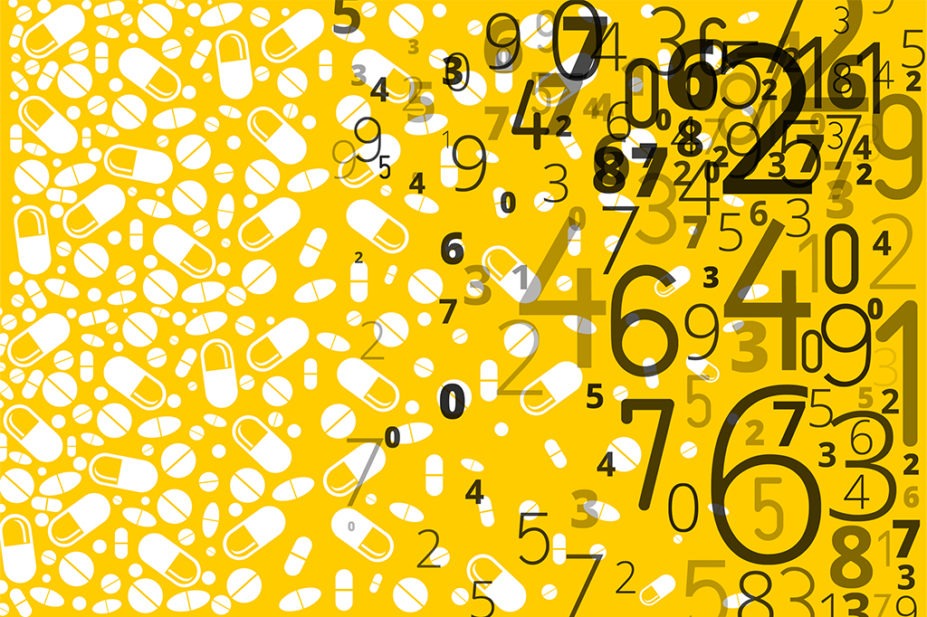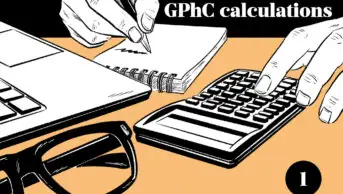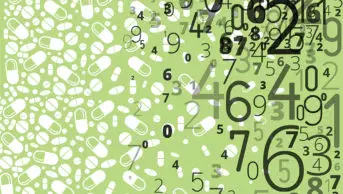
Mclean/Shutterstock.com
At the end of this article, individuals should be able to:
- Systematically work through dose- and dosage-related calculations to reach the correct answer;
- Ensure doses and dosages on prescriptions are correct;
- Understand the importance of units and rounding when solving calculations.
This article forms part of a series of pharmacy calculation video tutorials brought to you by The Pharmaceutical Journal. Other tutorials in the series include:
Calculating the dose and dosages of a medicine is a necessary skill for pharmacists. The ability to do so correctly is assessed by the General Pharmaceutical Council in line with the registration assessment framework.
In the following videos, Simon Harris, head of education at Greenlight Campus, provides trainees with a step-by-step walk through of three example dose and dosage calculations.
The following questions, answers and methods of working are provided as examples only and are included to give you an idea of the types of questions that will be asked during the registration assessment. Please note that these exact questions will not be included in the assessment and that there might be more than one way to arrive at the correct answer.
Example 1: Dosage
Question:
A baby has been prescribed Gaviscon infant powder sachets — one sachet, three times per day with feeds for two days, and then reduce to twice per day.
Using the information provided below, how many mmol of sodium ions will the baby receive in 144 hours? Give your answer to one decimal point.
Gaviscon infant powder sachets = 0.92mmol Na+/sachet
Answer:
Example 2: Dose
Question:
Baby S requires an antibiotic suspension for a chest infection. She weighs 15kg and has been prescribed a dose of 7.5 mg/kg/day for 7 days divided as a three-times-per-day regimen. The strength of the suspension available is 0.25g in 5mL.
What volume of the suspension should be given to Baby S per dose? Give your answer to two decimal places.
Answer:
Example 3: Dosage and infusion rates
Question:
Miss B, aged 3 years and weighing 13 kg, is a post-operative cardiac patient requiring prophylactic heparin. She has been prescribed a continuous infusion of heparin at a rate of 0.5mL/hour. The infusion syringe has been made up to a concentration of 13,000 units in 50mL.
How much heparin is being administered, in units/kg/hour, to Miss B?
Answer:
Additional calculations resources:
For thousands of practice questions to help you prepare for the GPhC registration assessment, including extended matching answer, single best answer and calculations, visit ONtrack.


